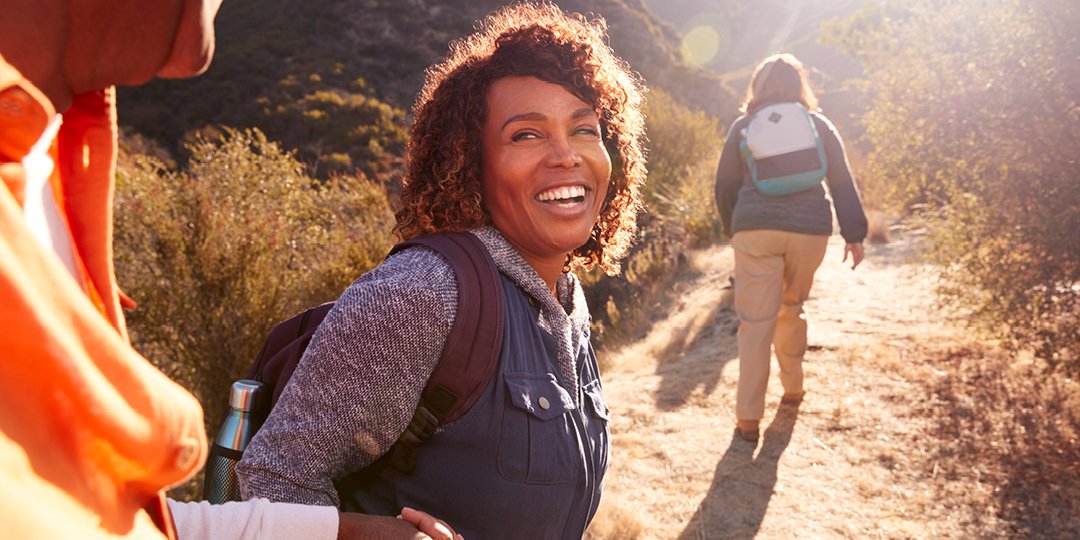Physical Activity and Longevity
What physical activity is best for healthy longevity?
The one you enjoy most, but also the one you can easily incorporate into your daily schedule and the one you can keep doing up to your hundredth birthday and beyond. Many Okinawans practice martial arts, especially a dance-inspired version of tai chi. The type of exercise you choose isn’t important. What’s important is working all your body parts with rigor — meaning to the point of breathing rapidly or sweating — for five to ten hours a week.
I’m not talking about running weekly marathons. Overworking your body is not a good idea. If you think about a car, why is it that no one wants to buy a 5-year-old car with one hundred thousand miles on the odometer? Because despite being relatively new, it has been driven too much. You can replace the tires and repaint the chassis, but you cannot change every belt, hose, and valve, and there’s a high chance that some overworked component will break down. On the other hand, you don’t want to leave your car parked in the garage most of the time, as this will also eventually cause it to break down.
The same holds true for the human body. It’s important to exercise, but not to overexercise, because knees, hips, and joints will eventually get damaged — particularly if you continue to exercise when you feel pain. On the bright side, certain exercises and diet can cause tissue to self-repair and regenerate, so the human body has built-in advantages over a car.
How to Optimize Exercise for Longevity
The following guidelines are for exercising to maximize health and longevity:
Walk fast for an hour every day.
The goal of walking for an hour a day can easily be achieved. For example, pick a coffee shop or restaurant fifteen minutes from your work and make a point of going there twice a day. It can also be achieved on the weekend by walking when you would normally drive. Every year, I take my USC students from Los Angeles to Genoa, Italy, for three weeks. On the first day, we do a walking tour of the city. I then urge them to continue walking everywhere for the duration of the trip. By the end of the course, they are used to walking around the city and realize that they enjoy it and feel better in general.
Ride, run, or swim thirty to forty minutes every other day, plus two hours on the weekend.
The best way to achieve this goal is to have both a stationary bike and a road bike. When you can, ride outside; when you can’t, use the exercise bike in high gear (use a bike that provides the option of high magnetic resistance, which makes it hard to pedal — as if you were going uphill). After ten minutes, you should be sweating. If you ride on the street, go uphill for at least ten to fifteen minutes. Do this for about forty minutes every other day and for two hours on the weekend.
Bicycling may be healthier than running because it minimizes stress on the joints. However, a long-term study showed that long-distance running among healthy older adults was not associated with osteoarthritis, so an injury caused by long-distance running may be less common than we would expect. In fact, another study that followed 74,752 runners for seven years concluded that running reduced both weight and the risk of osteoarthritis.
Use your muscles.
Humans evolved as a species that walks, runs, climbs trees and hills, and uses a variety of muscles all the time. Now people use elevators and escalators instead of stairs, drive instead of walk, use dishwashers and washing machines instead of washing dishes and clothes by hand, buy food instead of growing it, and hire people to do even minor repair work around the house instead of fixing things ourselves.
Every muscle of the body needs to be used frequently, because muscles grow and maintain or gain strength only in response to being challenged.
Climbing six flights of stairs rapidly can cause leg pain, especially if you haven’t done it in a long time. That pain is evidence of minor injury to your muscles. In the presence of sufficient amounts of proteins, muscle injury leads to the activation of “muscle satellite cells” and, eventually, to muscle growth. Muscles can be slightly injured and rebuilt by doing simple everyday tasks that are challenging. Of course, minor injury can turn into major injury if the burden in weight-bearing exercise is too high or if you keep re-injuring already inflamed muscle or cartilage. Muscle training must be balanced to avoid both acute injuries and the slow, chronic damage that comes with ignoring pain and continuing to put stress on an injured joint.
We all know we need to keep moving, and now you know the benefits. But it can be especially difficult to stay moving as we age. If you or a loved one needs help getting moving – give us a call to learn about how our home services can help.

